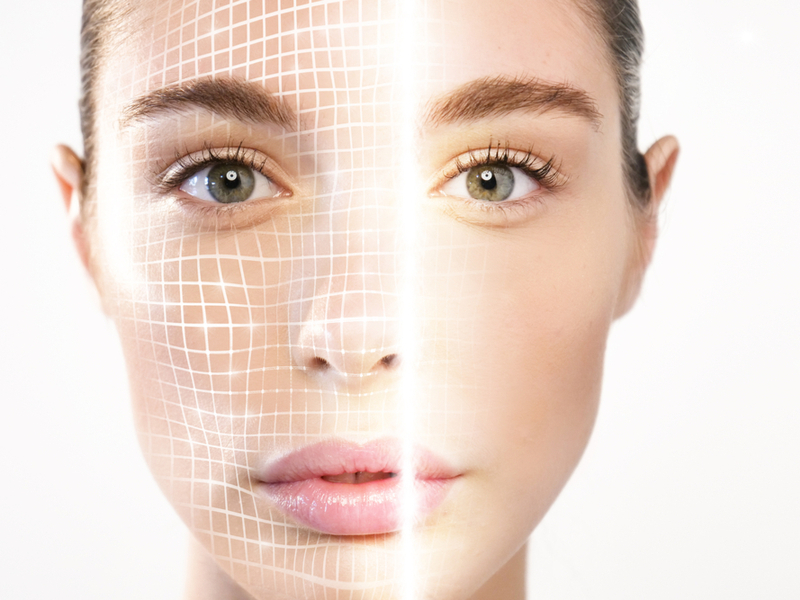Born from the entrepreneurial spirit of a young chemist back in 1909, L’Oréal endures as one of today’s top beauty brands. Throughout its history, the company has cleverly combined innovation and design to build a legacy. Setting its sights on the 21st century, L’Oréal is poised to lead the world of beauty technology in the digital era. Here’s how the French beauty juggernaut is using technology to remain relevant in the saturated beauty business.
With an eye toward keeping ahead of the competition, L’Oréal has set out on a mission to find new and innovative start-ups to fuel future growth. Through its exclusive venture capital fund known as “Business Opportunities for L’Oréal Development,” appropriately coined as BOLD, the company supports young entrepreneurs searching for solutions in beauty tech. Through BOLD, L’Oréal seeks investment opportunities in technology companies that specialize in digital, retail, packaging, and beauty tech solutions that offer high growth potential.
Most recently, the fund invested in the French-owned Sillages Paris, a beauty tech startup that allows shoppers to customize fragrances online. Finding new and innovative ways to design the customer experience helps distinguish L’Oréal in a crowded competitive landscape.
AR to Augment the E-Commerce Experience
In typical L’Oréal fashion, the company is embracing augmented reality, the next frontier in consumer technology, with the acquisition of the revolutionary beauty tech firm ModiFace. ModiFace was known for developing beauty and skincare apps that show customers what they could look like using different products. ModiFace designed L’Oréal’s successful “Style My Hair” app, which is used by hairdressers and customers alike to visualize how different hairstyles might look. The app has been downloaded more than 2 million times.
ModiFace developed AR-based apps for rival beauty giants including Estee Lauder and Sephora, but L’Oréal’s acquisition allowed the company to land a key player in beauty tech and forced competitors to look elsewhere.
Through ModiFace, L’Oréal can use its newly-acquired innovative app development muscles to expand its reach on social media platforms. L’Oréal and ModiFace have partnered with Facebook to bring an immersive beauty tech experience to the social media giant through interactive apps that allow customers to virtually try on different colors and types of makeup. This investment in AR positions L’Oréal for significant growth in e-commerce and digital sales.
Wearable Tech for Health & Beauty
Wearable tech is all the rage for consumers tracking their steps or monitoring their heart rate. But L’Oreal is focused on using wearables to enhance beauty and health in other ways. Last year, its Tech Incubator debuted a UV-tracking wearable. Now the company is prototyping a wearable that tracks skin’s pH levels. “My Skin Track pH” prototype uses sensors to detect pH levels in skin and alert the user of potential skin conditions such as dryness and eczema. The sensors also detect exposure to dangerous UV rays that can impact skin health and accelerate aging. The pH prototype is designed to boost sales and customer engagement by recommending products that can help ease skin conditions.
Through wearable technology, L’Oréal can extend its reach beyond traditional channels and provide customers with a quick route to purchase products. To strengthen its foothold in the fledgling wearables market, L’Oréal is also positioning its beauty tech to integrate with other smart-tech apps, such as Apple HealthKit.
Skincare is L’Oréal’s fastest growing product mix, and the introduction of wearable tech options will boost its success and advance its bottom line.
AI-Powered Product Recommendations
Knowing how your skin will age may be enough motivation to start caring for your skin now. That’s L’Oreal’s philosophy for harnessing the predictive power of artificial intelligence. Using technology that seems straight out of a science fiction novel, the AI-powered software scours selfies to diagnose skin quality for wrinkles, lines, spots, pores and other blemishes. The program uses the findings to develop a customized skin treatment plan with recommended products from L’Oréal’s lineup.
The software has proved intelligent, turning up the same skin diagnosis as an average of 12 dermatologists, according to L’Oreal executives. The artificial intelligence is bolstered by L’Oreal’s mass of data, which catalogs the effects of aging on 4,000 men and women between 20 and 80 in France, China, Japan, India and the U.S.
The Outlook for L’Oréal
Harnessing its entrepreneurial DNA, L’Oréal’s continued drive for innovation in beauty tech is paving the way for a profitable future. The 110-year-old company, which is eagerly embracing the digital age, saw a 43.7% jump in online sales during the first quarter of 2019 and roundly beat analysts’ expectations.
The continual desire to seek new ways to engage with customers and adopt new technology has long lent the French beauty company an edge over the competition. With the strategic acquisition of ModiFace, L’Oreal is outfitting itself with the tools to build an AR empire, leaving rivals scrambling to follow. Its longstanding appetite for finding appealing, customer-focused uses for the latest technology is helping L’Oréal carry its legacy into the next century.
Learn how CB4’s proprietary machine learning algorithms helps brick-and-mortar retailers rise to the increasingly complex demands of shoppers at each store in their chain.



